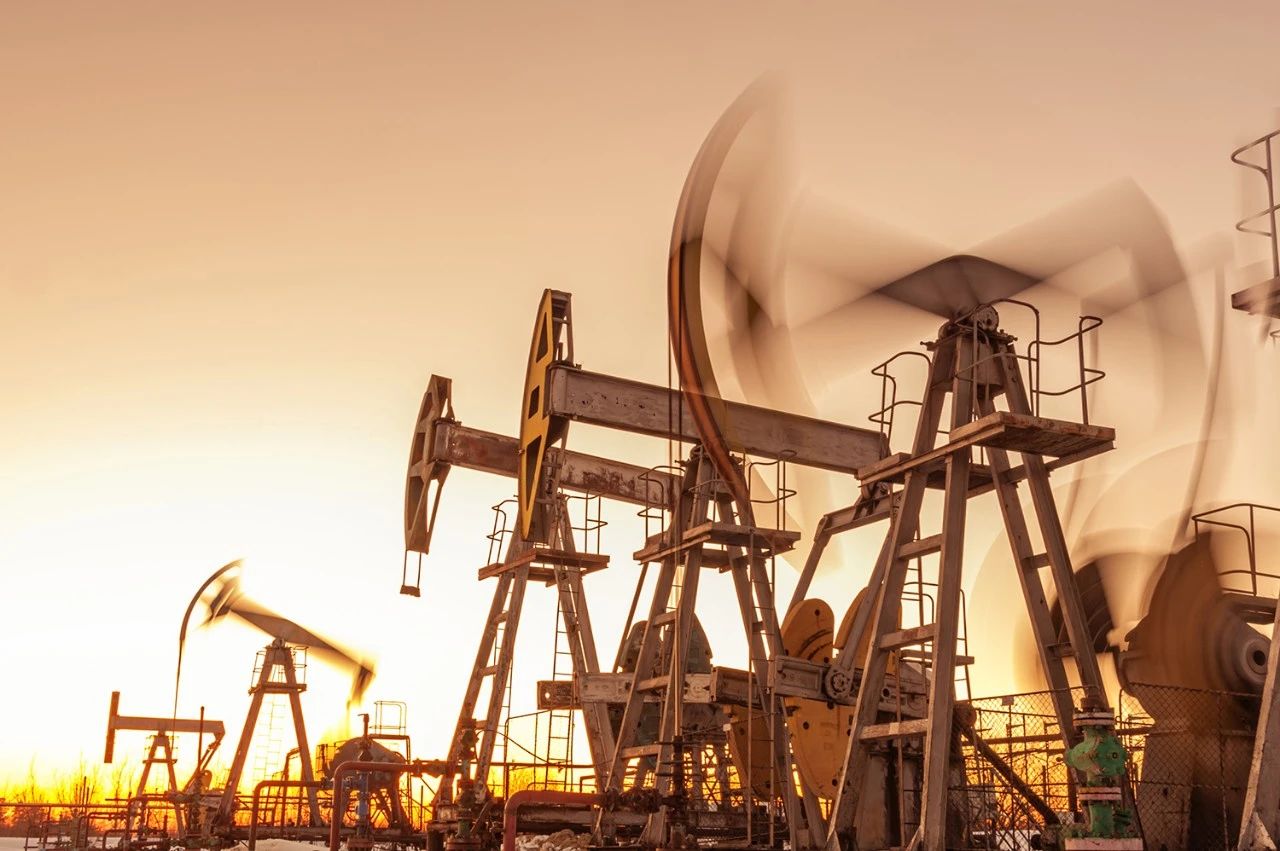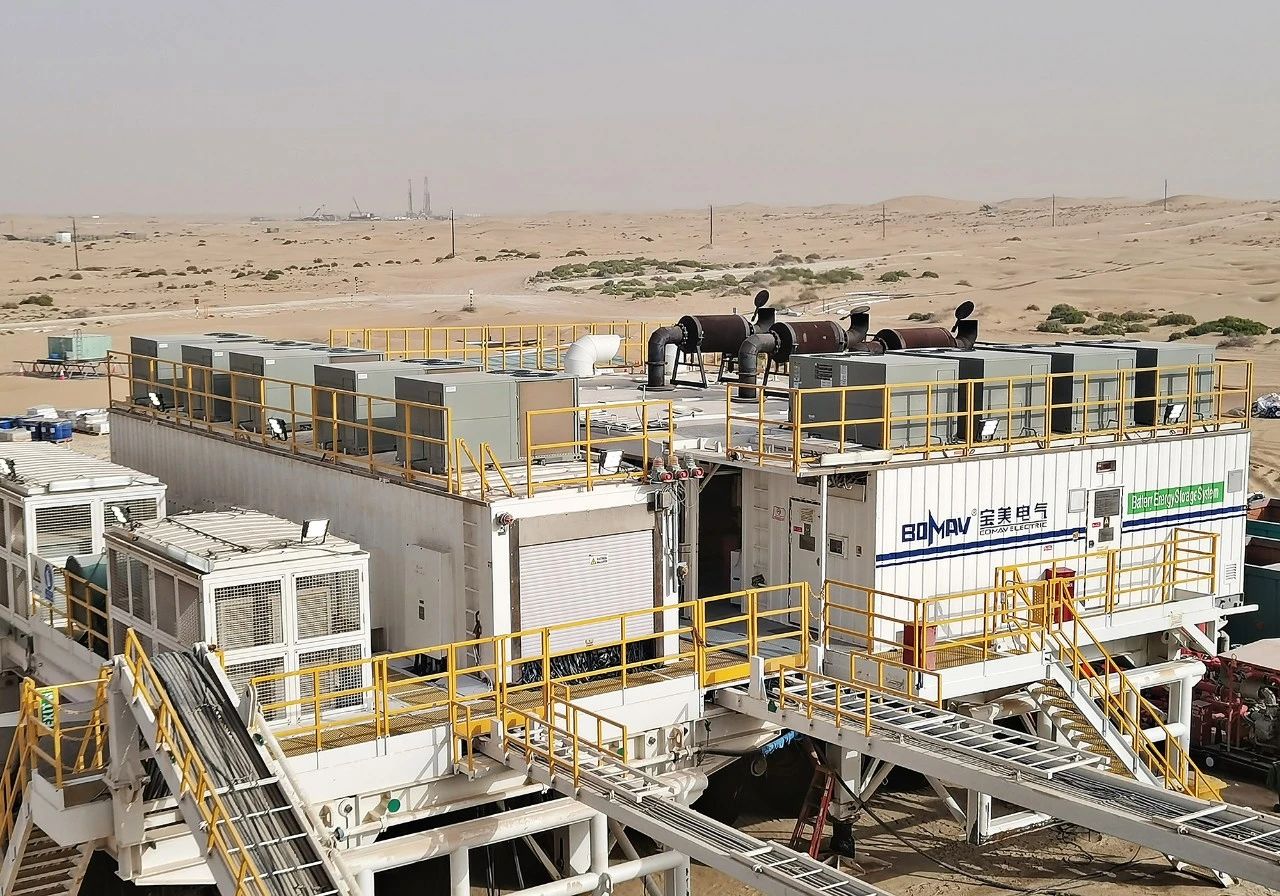In recent years, the high-energy-consuming oil and gas industry has been accelerating its low-carbon transformation. Oilfields are actively exploring energy structure adjustments, and “entering oilfields for operations” has become a new development direction for the energy storage industry.
Having withstood the harsh challenges of extreme cold, high temperatures, complete off-grid operation, and high-rate charge/discharge in various oilfield drilling energy storage projects, Narada's energy storage systems have been recognized for solving issues related to flexible grid capacity expansion and voltage fluctuations. This success also marks new opportunities and the opening of new markets for Narada’s new energy storage business.
Solving Energy Challenges in Oilfields
Oilfield exploitation faces multiple energy supply challenges: most projects are located in remote areas with weak grid carrying capacity and poor stability. Frequent power fluctuations or outages directly threaten production continuity and operational safety.

During the extraction process, core equipment such as drilling rigs and electric-driven pumps are high-power consumers. Their continuous operation leads to high energy costs. Simultaneous operation of multiple devices causes drastic load fluctuations, making power dispatch and management extremely complex. In areas without grid coverage, relying solely on diesel generators not only increases operational costs but also causes serious environmental pollution.
How to build a stable power supply system, achieve refined energy allocation, and reduce costs while improving efficiency has become a core bottleneck restricting the sustainable development of the oilfield industry.
Targeting these energy challenges in oilfield exploitation, Narada has provided and implemented energy storage solutions for oilfield drilling scenarios in projects such as the UAE, China’s Shendi Chuanke-1 well, and China’s Liaohe oilfield.
Narada’s energy storage solution for oilfield drilling scenarios, on one hand, solves grid voltage fluctuation through its high-rate charge/discharge capability; on the other hand, in grid-outage conditions, the storage system can quickly restore power supply to ensure wellbore safety.
Breaking Domestic Drilling Efficiency Bottlenecks

The Shendi Chuanke-1 well, located in the Sichuan Basin, faces technological challenges due to its complex geological structure and is one of the world’s most difficult ultra-deep oil and gas wells (10,000 meters). To improve operational efficiency, Xi’an Baomei Electric partnered with Narada to jointly build a dedicated energy storage system for the drilling and workover platform, making it a benchmark case for technological innovation in the oilfield sector.
The project provides short-term energy support and power peak shaving for drilling equipment, with a total installed capacity of 4.46MW/4.46MWh. The system is equipped with Narada’s self-developed 280Ah-1C energy storage battery, whose high-rate charge/discharge capability meets the instant power demands of drilling operations. It also helps flexibly increase grid capacity and enhances the power reliability of the drilling and workover platform.
In addition, the system replaces diesel power with electric power, reducing fuel costs and cutting carbon dioxide emissions by approximately 2,000 tons annually, supporting the green transformation of oilfield operations.

In another project at the Liaohe Oilfield, the energy storage system jointly built by Baomei Electric and Narada can automatically identify workover operation conditions and dynamically adjust the generator startup strategy to achieve constant voltage and current output, effectively reducing energy waste. The system can save around RMB 200,000 per single drilling operation.
Chinese Innovation Powers Green Drilling in the Desert
Beyond mature applications in domestic oilfield scenarios, Narada has also provided a demonstration case of “intelligent + low-carbon” coordinated transformation for the traditional oil and gas industry overseas.
On the 10th anniversary of the Belt and Road Initiative, CNPC Development Co., Ltd. and Narada jointly supplied ten sets of Narada energy storage systems for hybrid-powered “green drilling rigs” in UAE oilfields. This project is China’s first to integrate international green and low-carbon standards into the export of high-end energy equipment.

The energy storage systems are equipped with Narada’s self-developed batteries specifically for energy storage, capable of 30-minute fast charge and discharge, further proving the reliability and stability of Narada’s 2C high-rate energy storage systems.
The project adopts a hybrid energy solution combining energy storage and diesel generation. A single “green drilling rig” can save approximately 120,000 kWh of electricity annually, reduce carbon emissions by over 10% during operation, and save 10% to 15% of fuel across the full drilling cycle. The total carbon reduction is equivalent to planting about 11,000 trees, supporting the Middle East’s transition toward sustainable energy.
This collaboration marks that Narada’s energy storage systems have passed the stringent standards of the Abu Dhabi National Oil Company, verifying the technological strength of “Made in China” in the field of high-end equipment.




